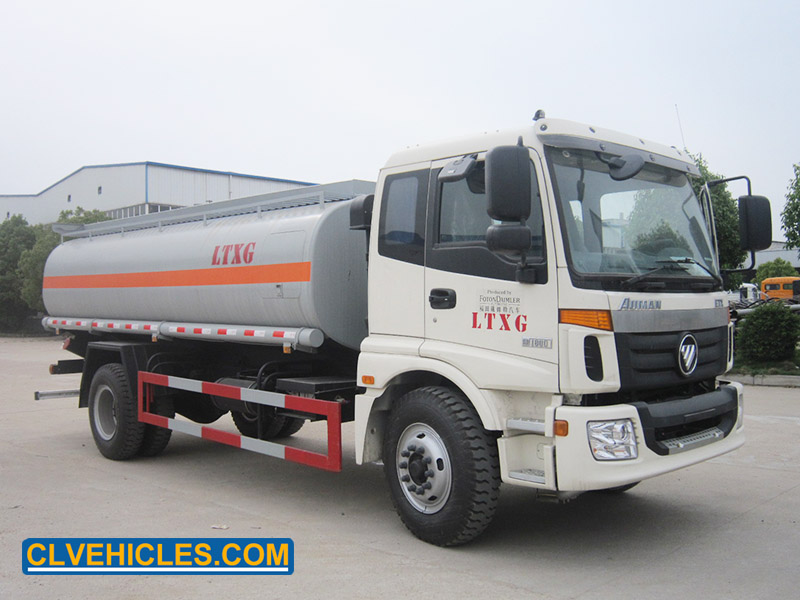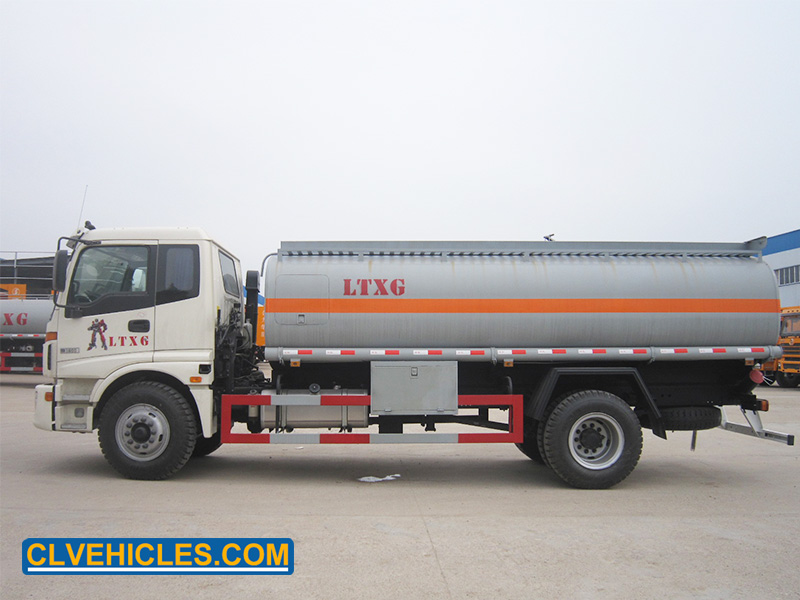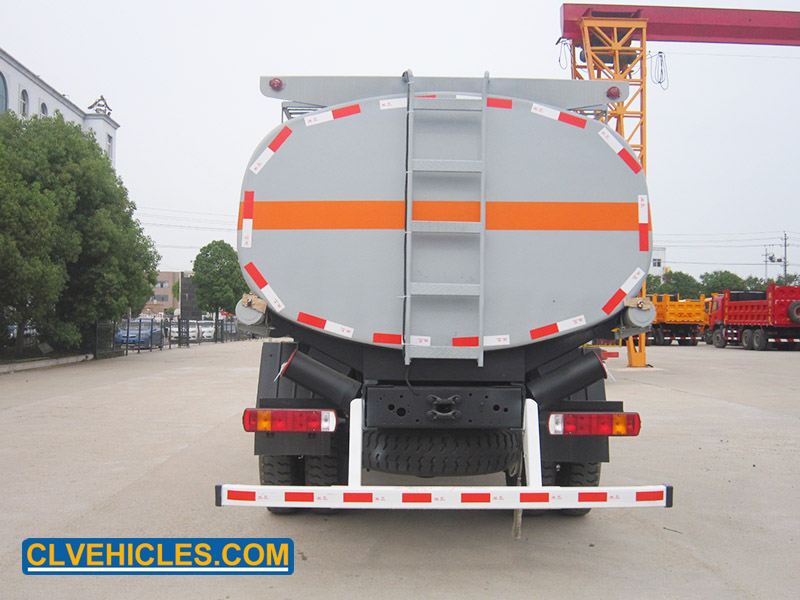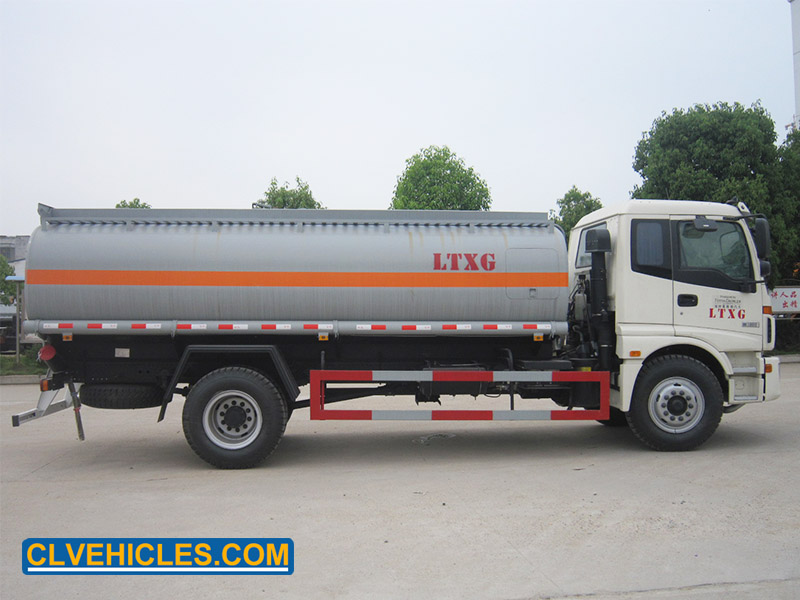CLVEHICLES.COM has a tank body welding process for fuel tanker truck.
Many users who use oil tankers must also want to know how the tanker is
made. Now I will introduce the welding of the oil baffle.
Welding of the oil baffle plate of the refueling truck: the main work is
the welding of the oil baffle plate in the cylinder body. According to
the above, three oil baffle plates are generally arranged inside the 6M
long cylinder body, and the cylinder body is divided into four
compartments. Each oil baffle plate The plate must be intermittently
welded with the cylinder body. If it is a separate tank, the oil baffle
will be replaced by a partition, and continuous welding must be carried
out. The length of each girth weld is based on the aforementioned 6-7.5M
length. The continuous welding is calculated according to half of the
welding length. The total welding length of this station is about 20M,
and the welding speed is calculated at 5mm/s. The welding time is about
67 minutes. Considering the poor welding conditions in the compartment
and the different compartments The delay in welding preparation time,
the multi-welding time of a single-section cylinder takes about 1 hour
and 20 minutes, and 2 stations are needed for the calculation of a 12M
long tank, so consider a station side by side as the oil baffle welding
station.

Fuel truck tank docking: the main work is tank docking and TIG welding bottoming. If the small tank is not segmented, it can be used as a tank storage station. Tank body docking mainly depends on adjusting the position of the roller frame to align the tank body, so the length of the two tank body roller frame stations can be considered when designing the station. The welding speed of TIG welding is calculated according to 2.5mm/S. It takes about 50 minutes to join the circular seam of 7.5M. The docking takes about 2 hours, so consider a side-by-side double-roller station, and a 13M long station.


Installation of tank reinforcement plates: mainly used for the installation of all reinforcement plates such as longitudinal reinforcement strips, transverse reinforcement strips, and pipe box bracket reinforcement panels at the bottom of the tank. Generally, two longitudinal reinforcement strips are set at the bottom of the tank, and the size is about 0.4*12M; each horizontal reinforcement board is about 0.6*0.2M, and there are about 12 pieces within the length range of 12.5M; each tube box bracket has 2 pieces About 0.1*0.1M reinforcement plate, about 24 pipe box brackets, each tank body welding length is about 80M, considering that the workpieces in this station are scattered, each reinforcement plate needs to be marked and positioned, so it is arranged in this station Three welding machines work at the same time for spot welding of various reinforcement plates.

评论
发表评论